The Ultimate Checklist For Writing Whitepapers And Reports That Generate Leads
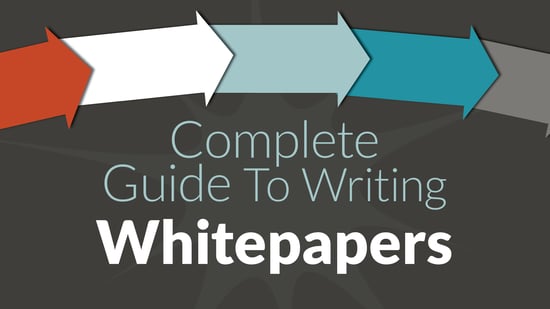
Content marketing casts a wide net and involves many diverse types of content, from live social media video to carefully curated case studies and reports, along with infographics, podcasts, blog posts, emails and every other type of written, visual or audio media imaginable.
While whitepapers—detail and information-heavy authoritative reports used in B2B marketing and sales—may not seem to be the most exciting content to work with, they are an essential part of many B2B content marketers’ arsenals, and for good reason.
Why Use Whitepapers?
Whitepapers provide opportunities to generate leads, build thought leadership, and maximize your use of original research in your content marketing. They are also influential in the decision making of many B2B leaders.
In DemandGen surveys of B2B buyers, 77 percent had used whitepapers in the previous 12 months to research their purchase decisions.
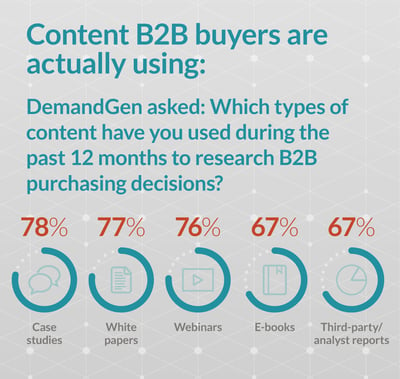
What makes whitepapers influential? As noted in research we’ve cited from the Content Marketing Institute, B2B decision makers are looking for content that speaks to their needs and pain points, provides product or service specifications and is more educational than promotional. Whitepapers fit that bill.
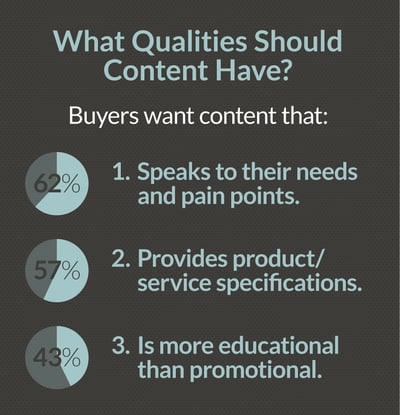
Before the writing starts
With such potential to influence B2B prospects and leads at crucial points in the decision-making process, it is essential that whitepapers be carefully thought out and planned as part of a complete content marketing campaign, with strategies in place for promoting the whitepaper, nurturing the leads generated through it, and supporting its use with additional content such as bylined thought leadership articles, blog posts and social media assets. In many cases, the whitepaper will be the centerpiece of the entire campaign.
Planning for the whitepaper will essentially set up the details you need for the rest of the campaign as well. Take the time to follow each of the 6 steps below before assigning the project or writing a single word.
1. Choose a topic
The topics to address may have already been identified as part of planning an entire year’s worth of content marketing campaigns. The general topic may be broad, with room to narrow it down for a specific buyer persona, geography, or other segment of your market. It should be relevant, and it should be a topic your brand can approach with authority and expertise.
2. Identify the audience
Determine which of your buyer personas will be the target audience for this specific whitepaper. The approach and information presented may be different depending on whether you are creating content for the CEO, CFO, CIO or a lower level manager, as each will have differing challenges and perspectives. You may also create different content for each industry your company serves, with information specific to the needs of that field.
3. Determine the stage of the buying cycle to be targeted
The specificity of information presented in a whitepaper will vary depending on what level of the sales funnel you are targeting. Some whitepapers will be written as awareness level content—these may almost introduce challenges or opportunities that the audience had not really even thought about, and they should address it in ways that introduce your company while avoiding promotional content as much as possible. Whitepapers targeting leads in the consideration and decision stages of the buying cycle will want to offer more details about the specifics of your solution, as those audiences are preparing to make a purchase decision.
4. Find information sources
One of the best sources of information to fuel the creation of whitepapers and complementary content marketing campaigns is original research. This can include analysis of data the company already has—such as a dashboard one JONES client created with their proprietary data about consumer spending, saving and loan repayments—or data from consumer and industry surveys, such as what JONES client West (now Intrado) used for nearly a decade to lead their industry in research on the link between communication and healthcare outcomes.
Your information sources may also be internal experts in your field, R&D professionals and others who can speak with authority to the problems your customers face and the ways to solve those problems.
5. Specify the problem or issue to be addressed
Compelling marketing content has to be written with the reader/customer in mind. It is about them, not about your company. Before you begin writing the whitepaper, identify the problem or challenge your customer is facing that you can help them overcome, with information and/or a solution. Outline the challenge from your buyer persona’s perspective.
6. Identify three or more solutions to the problem that align with the company or products
Then provide solutions for the challenge. These may not, and really should not, all be simply using your product or service. Provide multiple solutions that your customers should employ to address the specified challenge or problem, all of which align with your goals, but without being overly promotional.
Having laid out this framework—what will be addressed, who it will be written for, where the information will come from and what solutions will be presented—it’s time to start writing.
Creating a compelling headline
Honestly, this might be one of the last steps in the process. Whether I am writing a blog post, a whitepaper, or any other type of content, the title or headline is often the last thing I write, once I have the rest of the text completed. By writing the headline last, or at least returning to it just before finishing, you will have a fuller understanding of the entire whitepaper and its most salient benefits for the reader.
With that said, whether you personally choose to write the headline first, last or anywhere in between, consider these best practices:
- The headline should present the topic clearly.
- The headline should include one or two keywords being targeted in this content marketing campaign.
- The headline should be eight to twelve words in length.
Follow the same best practices in writing subheads used to break up the whitepaper’s text into easy-to-digest subsections.
Draw readers in with the introduction
Even if the headline catches the reader’s attention, you only have about eight seconds to keep them engaged. That means writing an introduction for the whitepaper or report that engages the reader with the benefits to be found by continuing to read.
In general, a whitepaper or report introduction should meet these guidelines:
- It should be between 125 and 200 words in length.
- It should introduce the main topic, issue or challenge the paper will discuss.
- It should provide specific background knowledge of the issue to build credibility.
- It should acknowledge the reader’s pain points and show empathy.
- It should discuss the value and solutions to be found if the reader continues reading.
- It should be about the reader, not the company.
That’s a lot to pack into fewer than 200 words, which is why the introduction is one of the most important parts of the entire content piece.
Develop body text that offers solutions
The promises made in the introduction are fulfilled in the body of the whitepaper. The body text should include several key elements in order to provide the benefits promised in the introduction.
Solutions:
At least three solutions to the primary topic or challenge of the whitepaper should be presented, in ways that are aligned with your company or product, but not blatant promotion of your own brand.
Real-world examples:
Show how actual companies have implemented the solutions presented. If you don’t already have examples or testimonials, provide detailed illustrations of how the reader can apply the solutions to their own situation.
Next steps:
At the conclusion of the body text, the whitepaper should provide direction about the next steps the reader should take, including a “soft sell” call-to-action. This could include directing them to another content piece further down the sales funnel such as an ROI calculator, or possibly to a free trial or a consultation.
Write for readers and conversion:
As you write the body text, keep in mind the importance of creating content that is easy to read, as well as optimized for your marketing goals. That includes:
- Breaking text into small sections and paragraphs of no more than 175-200 words each.
- Using headers and subheads throughout to clearly define each section.
- Using bulleted or numbered lists when appropriate to make information easy to digest.
- Strategically mentioning the brand once or twice in the body text while maintaining an information, not promotional, tone.
- Using targeted SEO keywords in the body text.
- Including two to five clickable links in the body text that direct readers to additional related content.
Extra content to include
Along with the introduction and the body text of the whitepaper, you should also create copy for a few extra sections and supplemental content.
Recommended reading section
This is another opportunity, along with the links in the body text, to provide additional content to the reader and potentially redirect them to your website (or bring them to your website for the first time, if they received the whitepaper from a colleague). Your recommended reading section should include:
- Two additional marketing resources from the same phase of the buying cycle/sales funnel.
- One additional marketing resource from the next phase of the buying cycle.
Company branding
While a whitepaper is meant to be largely informational and educational, not promotional, you will want to include an “About the company” section on the last page, complete with the phone number and website.
Lead-in blurb
This 65- to 100-word paragraph is designed to be used to promote the whitepaper on the company website, in emails and elsewhere, drawing the reader in. It should include one or two of the targeted SEO terms.
Final review
Before turning the text over to the designer or your CMO for implementation, do your own final review, looking for the fine details that can make or break your credibility.
Ensure all of your copy:
- Is written with the specified buyer persona or target market in mind.
- Follows any format specifications you were given regarding fonts, document and paragraph formats, spacing, etc.
- Follows AP Style (or your company’s preferred style guide).
- Reads clearly and fluidly.
- Is free of grammatical and spelling errors.
- Uses a consistent verb tense throughout.
- Avoids first person language.
- Is written in a tone that is professional and conversational.
- Meets word count specifications as outlined in the abstract or assignment.
- Leverages company expertise, insights and research.
- Cites information sources and statistics correctly.
- Includes hyperlinks that work correctly.
Use this writing guide and checklist as a reminder for veteran content marketers, or as a foundation for new staff who are just getting started, in order to ensure that the first draft is as close to final as possible. Setting expectations for content creators from the beginning saves resources on rewrites and encourages top quality work every time.
Find additional checklists and writing guides for other content formats here:
Establishing these kinds of checklists and expectations, along with a commitment to hiring only experienced marketers for our agency, has helped JONES build a reputation for content creation that delivers on time and on target every time. Learn more about our Content Creation Solution or schedule a time for a no-obligation consultation to talk about how JONES can help you create whitepapers—and more—that provide results.
-1.png?width=1652&height=294&name=Jones(RGB)-1.png)

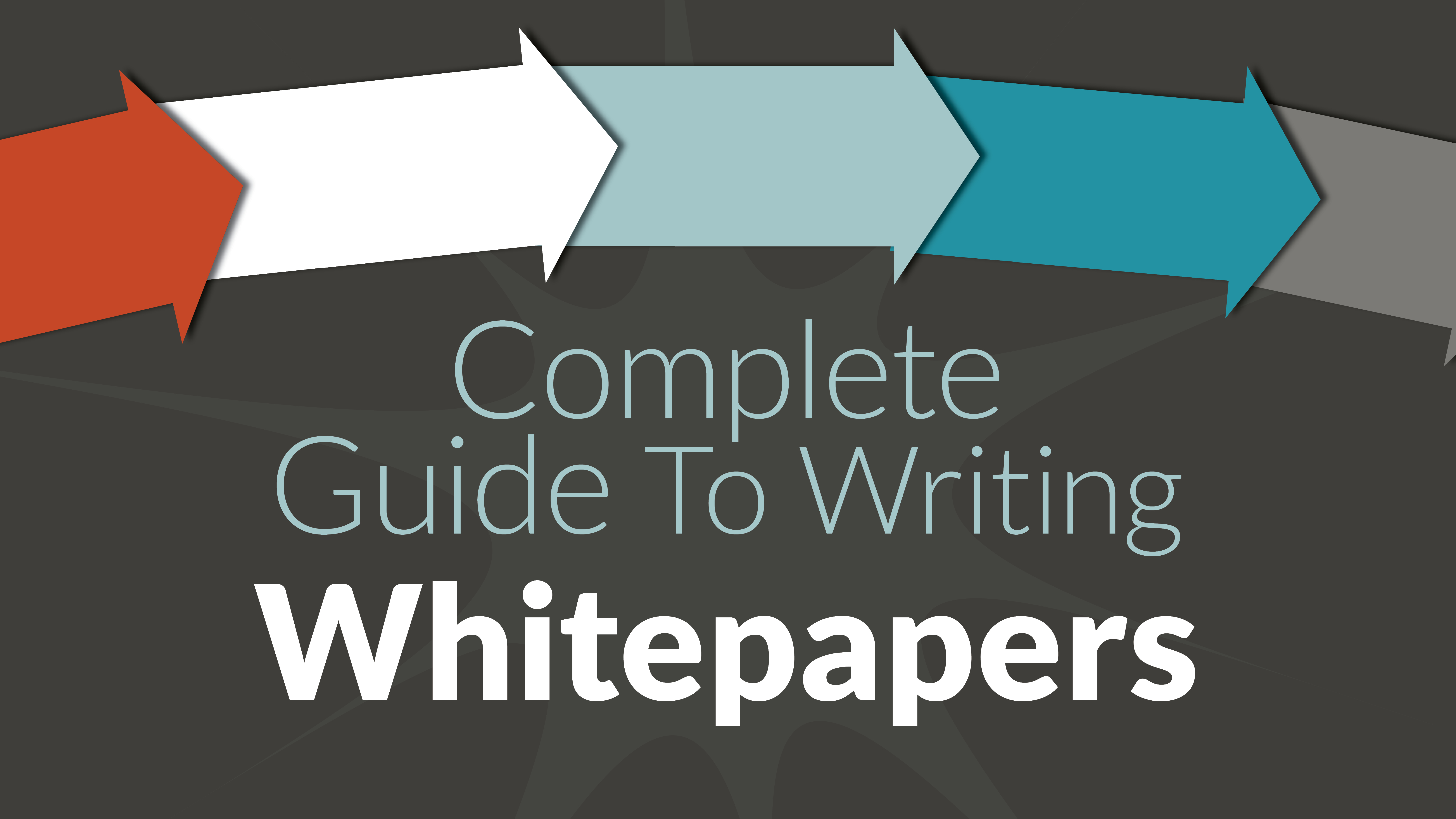






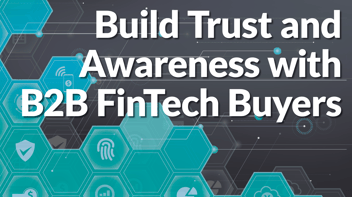

.jpg?width=352&name=Client%20Success_%20Complete%20Content%20Packages%20Fuel%20West%20Marketing%20Strategy%20(1).jpg)

